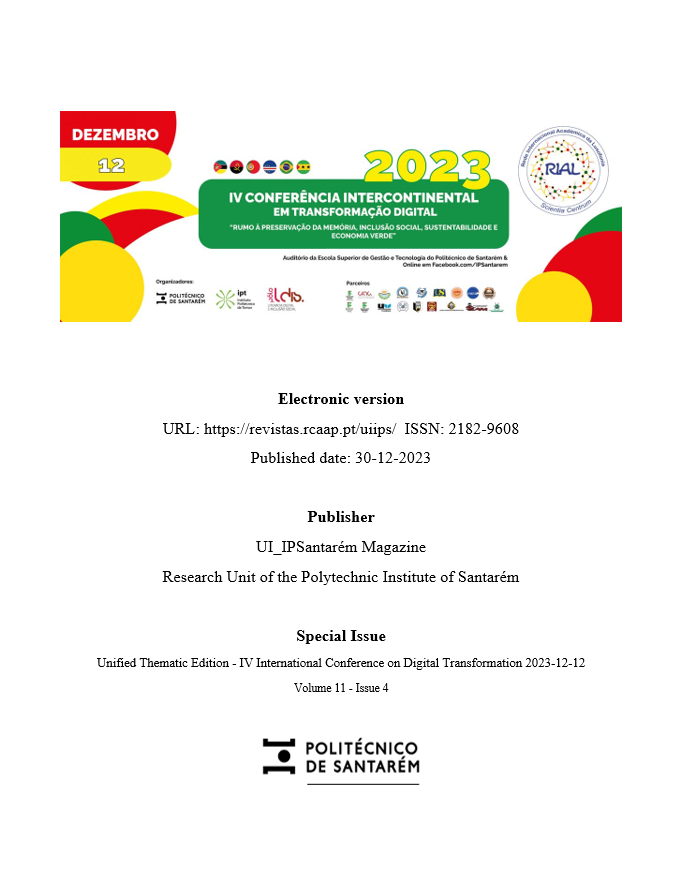Financial inclusion and service innovation by financial institutions using mobile telephony in Mozambique. The case of M-Pesa
DOI:
https://doi.org/10.25746/ruiips.v11.i4.35988Keywords:
financial inclusion; financial innovation; mobile telephony; M-PesaAbstract
An inclusive financial system helps financial services reach the unbanked segments of society, boosting and promoting the expansion of financial services in various areas, thus reducing financial exclusion that includes four vital areas: savings, bank credit, transaction volume and insurance (Yetman, 2015). This article aims to understand the role of innovation in financial services using mobile telephony and its relationship with financial inclusion in Mozambique, and follows the methodology used by Dub and Kubzansky (2012). For data analysis, a mixed approach was used, where we sought to analyse indicators of financial inclusion (the number of financial institutions, branches, ATMs (automated teller machine), POSs (point- of-sale), IME agents in Mozambique). On the other hand, we sought to analyse various aspects of legal nature, the macroeconomic and political framework that establish a bridge with financial inclusion. The data used was collected from the Bank of Mozambique, the National Institute of Statistics and also from the Mozambican Association of Banks and included information from M-Pesa reports. Due to the dimension used, the data suggests that M-Pesa contributes significantly to financial inclusion in Mozambique. An asymmetry is noted in terms of the availability of financial services when considering only the traditional banking system of the economy, however the situation changes significantly when mobile financial services are included, covering up to the district level, allowing the population to efficiently and effectively access to the basic services, such as payments for health, education, energy, agricultural services, among others.
Downloads
Published
How to Cite
Issue
Section
License
Copyright (c) 2024 Osório Carlos Chongo, Rogério Fernandes Romão, Domício Moisés Guambe

This work is licensed under a Creative Commons Attribution-NonCommercial-NoDerivatives 4.0 International License.
Authors publishing in this journal agree to the following terms:
Authors retain copyright and grant the journal the right of first publication, with the article simultaneously licensed under the Creative Commons Attribution License that allows sharing of the work with acknowledgement of authorship and initial publication in this journal.
Authors are permitted to enter into additional contracts separately for non-exclusive distribution of the version of the article published in this journal (e.g., publish in an institutional repository or as a book chapter), with acknowledgment of authorship and initial publication in this journal.
Authors have permission and are encouraged to publish and distribute their work online (e.g., in institutional repositories or on their personal webpage) at any point before or during the editorial process, as this may generate productive changes, as well as increase the impact and citation of the published work.



